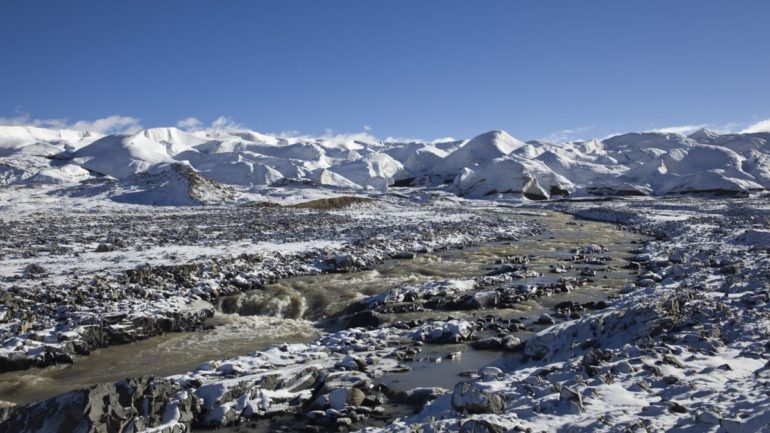For the past 15,000 years, a glacier on the northwestern Tibetan Plateau of China has hosted a party for some unusual guests: an ensemble of frozen viruses, many of them unknown to modern science.
Scientists recently broke up this party after taking a look at two ice cores from this Tibetan glacier, revealing the existence of 28 never-before-seen virus groups.
Investigating these mysterious viruses could help scientists on two fronts: For one, these stowaways can teach researchers which viruses thrived in different climates and environments over time, the researchers wrote in a paper posted on the bioRxiv database on Jan. 7.
“However, in a worst-case scenario, this ice melt [from climate change] could release pathogens into the environment,” the researchers wrote in the study, which has not yet been peer-reviewed. If this happens, it’s best to know as much about these viruses as possible, the researchers wrote.
Icy research
Studying ancient glacial microbes can be challenging. That’s because it’s extremely easy to contaminate ice core samples with modern-day bacteria. So, the researchers created a new protocol for ultraclean microbial and viral sampling.
In this case, the two ice core samples from the Guliya ice cap on the Tibetan Plateau were collected in 1992 and 2015. However, at those times, there weren’t any special measures taken to avoid microbial contamination during the core drilling, handling or transport.
In other words, the exterior of these ice cores was contaminated. But the insides were still pristine, the researchers wrote in the study. To access the inner part of the cores, the researchers set up shop in a cold room — the thermometer was set at…



